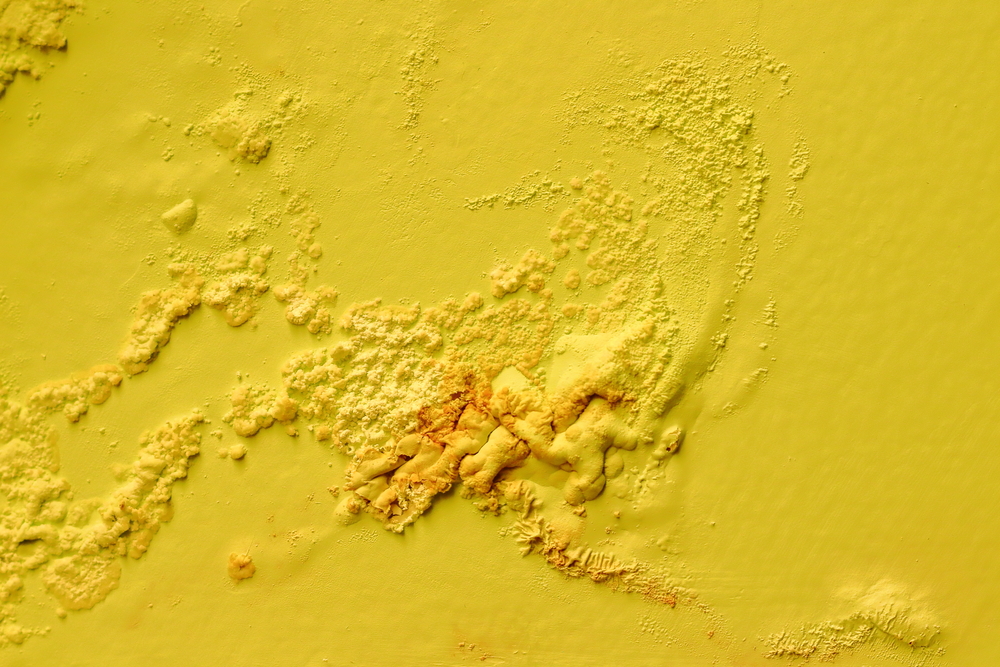Imagine this. It has been just a year into your new home. You notice a dark spot in one corner of the wall and the paint peeling off one fine morning. This is a typical case of dampness in wall. But, how to stop damp coming through walls? And how to protect walls from moisture?
Exposure to moisture can cause severe damage to the walls unless you take preventive measures. This is more prevalent during the rainy season when humidity levels rise. However, all of this can be avoided. In this article, we will discuss how to stop damp coming through walls. Also, how to prevent dampness in walls?
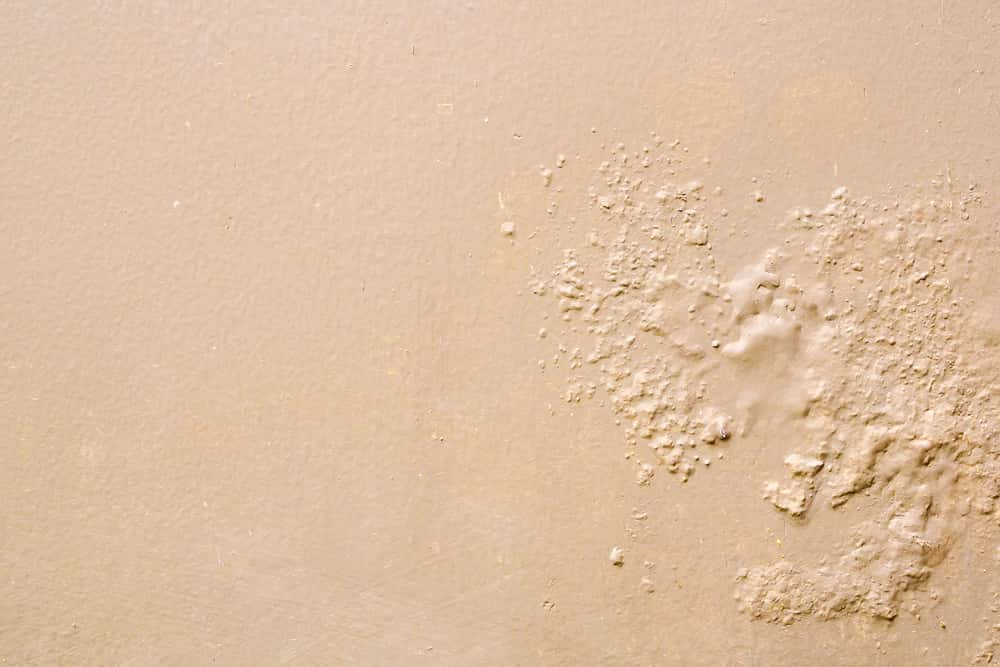
Dampness in Wall Causes
One of the most common dampness in wall causes is Low-quality bricks and other materials used in construction. In many cases, porous bricks can attract moisture and cause damage. Due to poor workmanship, cavities or small holes left in the walls can lead to damp walls. In some cases, mortar joints can attract moisture if they are not finished correctly. Roof leakage is a significant cause of water seeping into the walls and causing dampness. At times, the lack of slope in the roof can cause temporary accumulation of rainwater, leading to seepage in the walls.
Many times, plants or other forms of vegetation grow on walls. This can lead to water entering the walls and cause water dampness in wall. Roots of plants can cause deep cracks in the walls that can lead to soakage. If the groundwater table of the locality is high, the building foundation can absorb moisture. Water is absorbed from the ground through capillary action, which damages the walls. Leaking rainwater or wastewater pipes can cause water to seep into the walls.
Dampness in Wall – Negative Effects
Dampness can have a serious negative impact on your living room interiors. More importantly, it can even cause structural damage to your building.
Decay
Damping can damage construction materials, leading to the disintegration of bricks, cement, and plastering. In some cases, the flooring can also get damaged, as moisture travels through the joints.
Rot
Moisture also leads to the growth of moss and fungus on the walls, which can lead to the development of dry rot in timber caused by a particular type of fungus. This can ultimately result in the deterioration of the home environment.
Visual Damage
The spread of moisture through the walls can lead to ugly patches and peeling of plaster and paint. Unless properly controlled, it can also damage wall decorations and various metal and timber fittings.
How to Stop Damp Coming Through Walls?
Here are some of the most practical methods on how to protect walls from moisture.
Waterproofing the walls
Make sure to clean and dry the affected wall before applying any surface treatment for dampness in wall. In some cases, a coat of hot bitumen is applied, which provides protection. There are also commercial varieties of waterproofing solutions that can be used, such as paint, to prevent dampness in bathroom wall.
Quite often, a special adhesive gum is mixed with cement to repair the water dampness in wall. Cavities or air drains are dug in the walls to prevent the rise of water from the ground level. Filling up any surface pores can also reduce the chances of mixture-related damage.
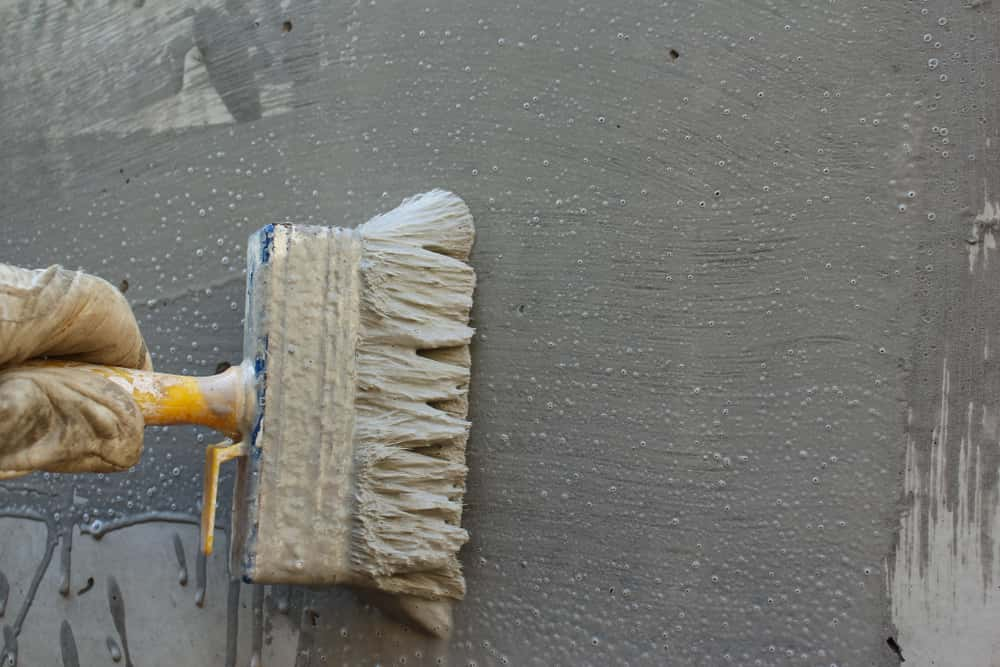
How to Prevent Dampness in Walls?
In many cases, dampness in wall is caused by special causes. If you are wondering, how to stop damp coming through walls, you need to fix these issues on priority.
-
Repair the roof leakage to prevent water seepage from the top. Pay special attention to your kitchen false ceiling designs & bedroom false ceiling designs.
-
Uproot the plants that have grown on the walls. Use chemical treatment to prevent future regrowth.
-
Seal the cracks and pores in the walls to prevent damage.
-
Pipelines should be checked for any form of leakage. Such leakages are the major reason behind dampness in bathroom wall. They mostly occur in joints that need to be resealed.
-
In case the dampness in wall is caused by low-quality bricks or building materials, it is best to demolish that portion and reconstruct it. Otherwise, replastering both sides of the wall with mortar and an adhesive mix is also a temporary solution that can work.
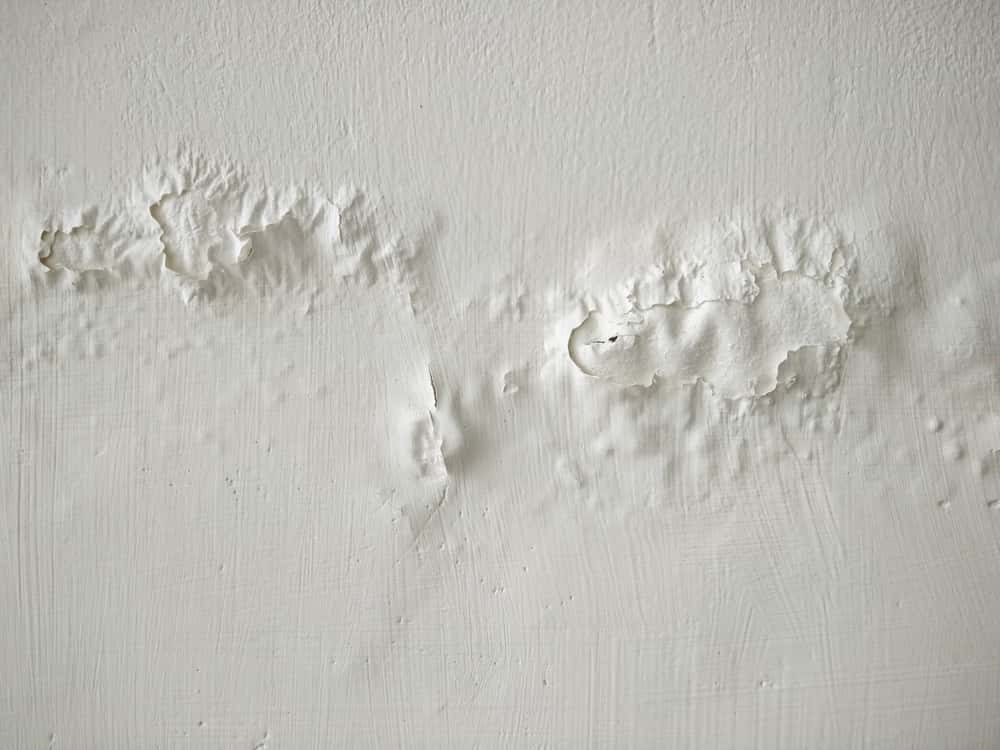
Other Forms Of Wall Treatment for Dampness in Wall
If you are wondering how to stop damp coming through walls. Here are few suggested treatment for dampness in wall-
-
A damp-proof course is used to prevent water dampness in wall in areas where groundwater levels are high. In this case, a layer of waterproof material is built into the brick wall at a certain height from the ground level. Keep in mind that this needs to be done by a professional with the right knowledge.
-
Another dampness in wall solution is to cover the portion with tiles to hide the damage from showing up. While this is a useful decor hack, make sure to remove all the damaged plaster and paint from the wall. The tile joints should be sealed with care to prevent any moisture-related damage in the future.
-
Ventilation is a crucial aspect that helps in the prevention of damping-related damage to your bedroom and living room interiors. Be it a 1 bhk design, 2 bhk design, or a 3 bhk design, the process of cross-ventilation is crucial. A fresh air supply in the rooms is a necessity in every living room to maintain optimum indoor moisture levels. This is particularly important for air-conditioned spaces, as they are more prone to dampness. Proper ventilation can also help prevent the growth of fungus and molds on surfaces.
If you are looking for ideas and inspiration for your home interiors consider consulting with HomeLane. Our team of professional designers can help you create the home of your dreams.
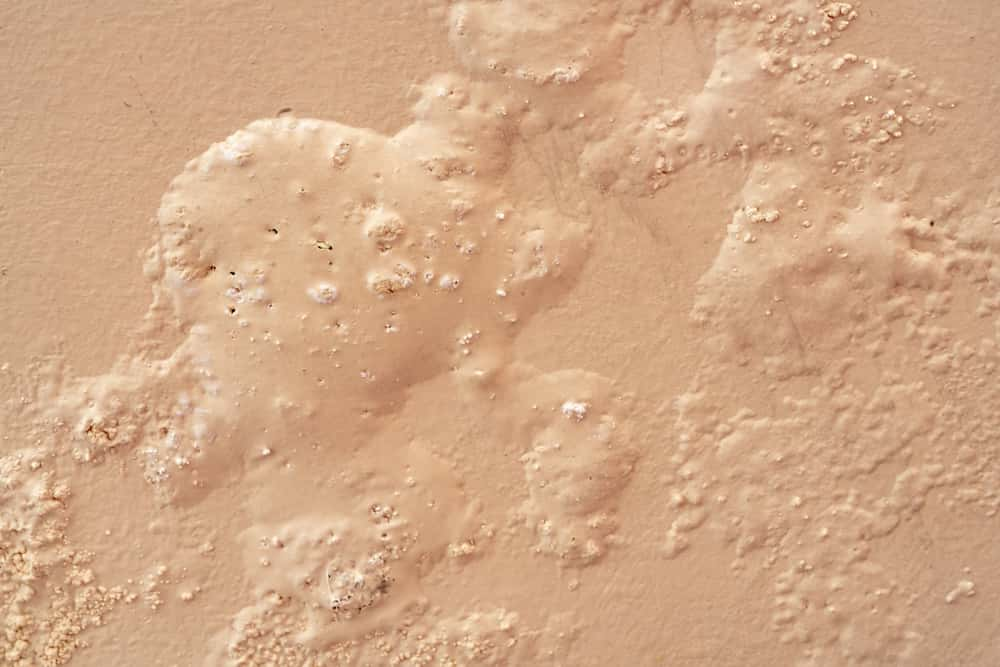
FAQs
1. What can I put on walls to stop damp from coming through?
To prevent dampness in wall, you can use a waterproofing membrane or a waterproofing paint or sealant on the outside of the foundation wall to create a barrier against moisture. Waterproofing the external walls can help prevent water from seeping in and causing dampness. Additionally, you can install a damp-proof course, which is a barrier of impervious material that prevents groundwater from rising up through the walls of the house.
2. Why is damp coming through walls?
Dampness in wall can be caused by a variety of factors, including leaks inside or outside the home, high levels of humidity, and damaged damp-proof membranes. It can also be caused by a continuous source of moisture such as rain or a burst pipe penetrating the wall, or by condensation, which occurs when hot, humid air cannot escape effectively and settles as moisture on cold surfaces.
3. How do I stop damp coming through brickwork?
To stop dampness coming through the brickwork, you can take the following dampness in wall solution:
-
-
Check your gutters for any blockages or damage that could be causing excess moisture to soak into the exterior walls.
-
Check the exterior walls for any cracks that could be allowing moisture to penetrate the wall. Repair these areas using a good-quality exterior filler.
-
Apply a waterproofing coating to the exterior walls to create a water-repellent surface.
-
Make sure the property is properly ventilated to prevent condensation.
-
Fix any leaky pipes or other water leaks that could be contributing to water dampness in wall.
-
4. How do you waterproof a foundation wall?
Foundation waterproofing is the process of preventing water from entering a building’s foundation. It can be accomplished through the use of a waterproofing membrane, paint or sealant applied to the outside of the foundation wall. It is important to ensure that the foundation wall is in good condition before applying any waterproofing measures.

